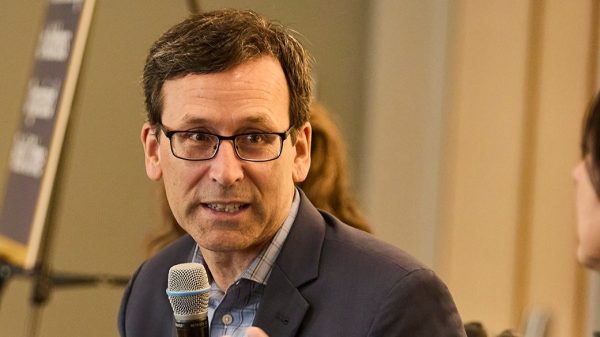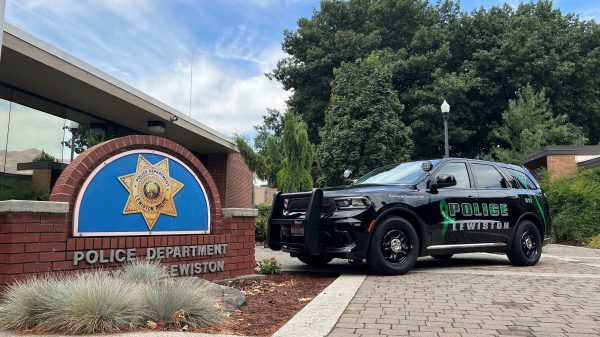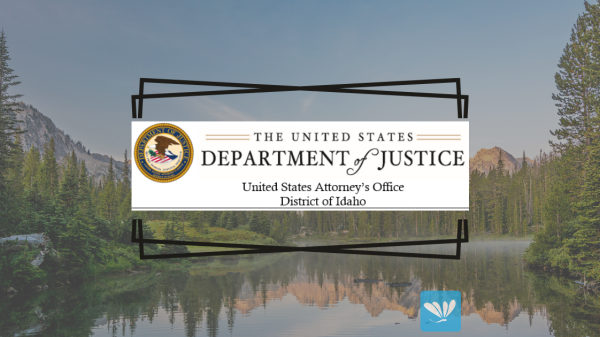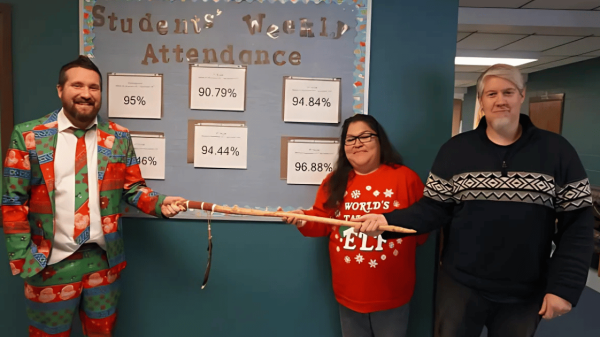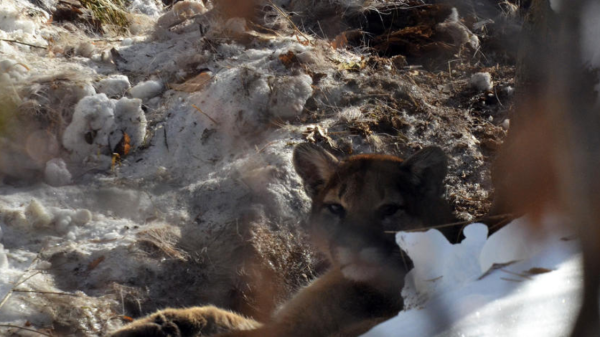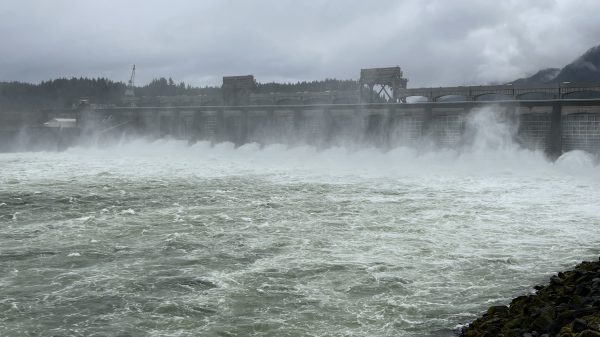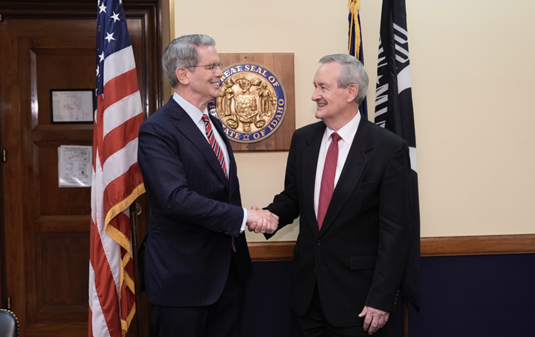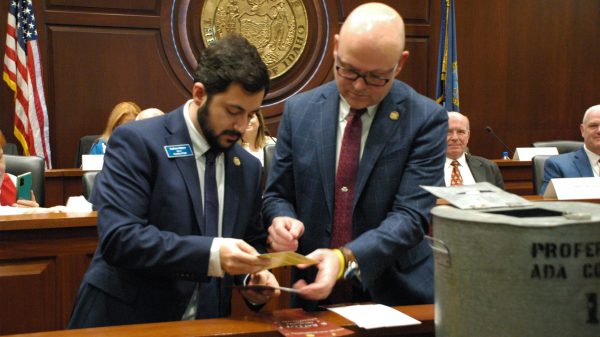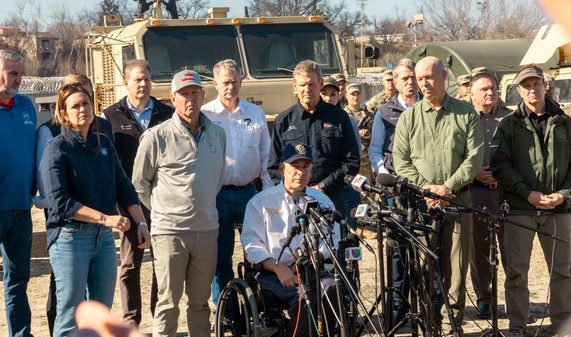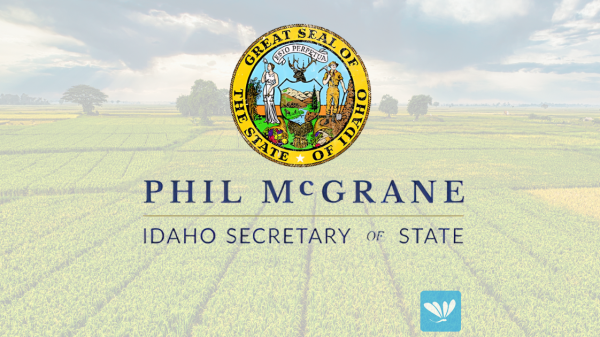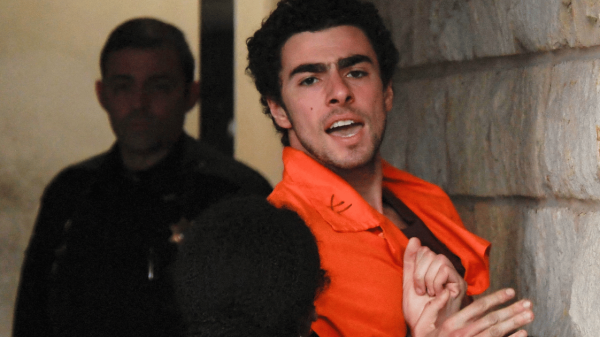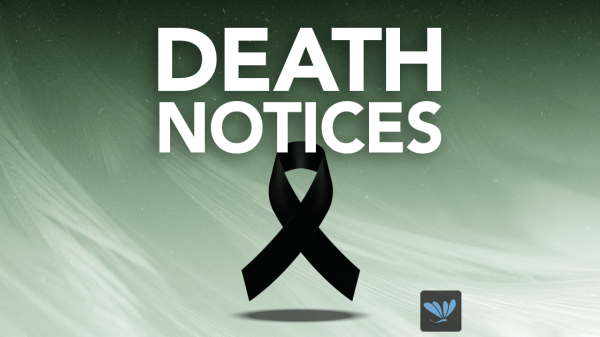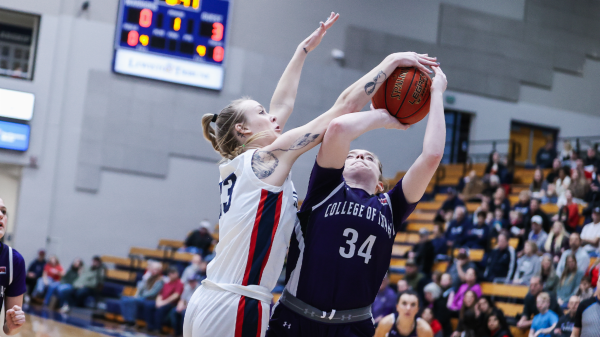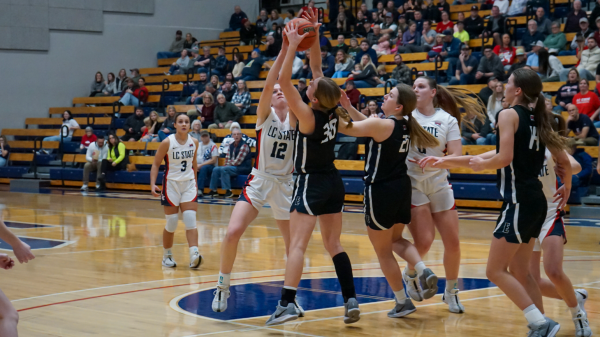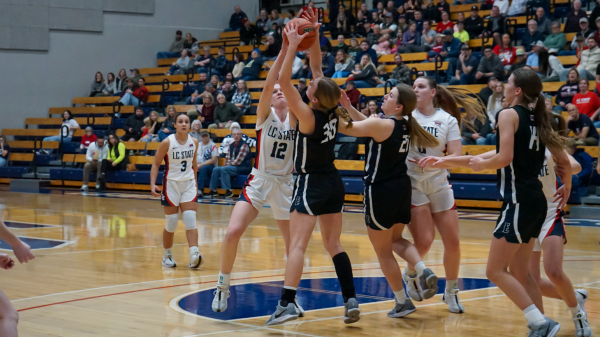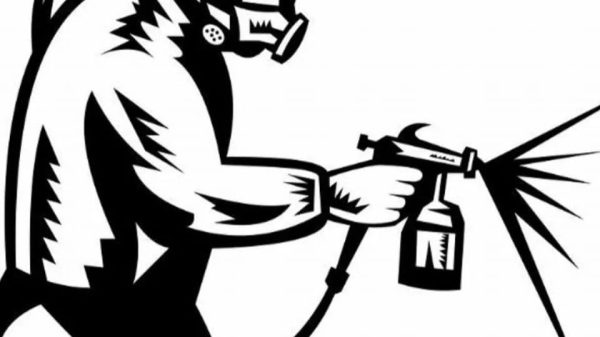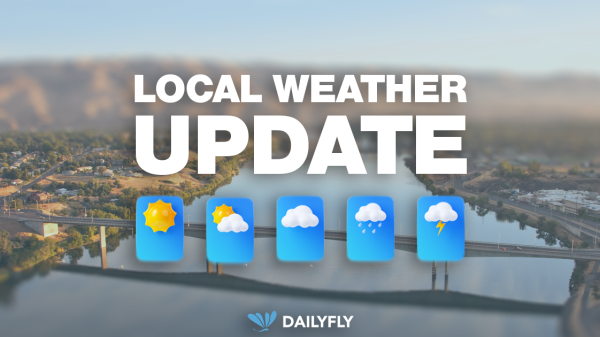MOSCOW, Idaho — Oct. 24, 2023 — Sage grouse and cows can coexist on the same land without declines in greater sage grouse nest success or insect abundance, according to a 10-year University of Idaho study.
In fact, according to the research, there are upshots for grouse living side-by-side with cows.
“Nesting success doesn’t seem to be affected by low to moderate levels of cattle grazing, and insect biomass increases with grazing,” said Courtney Conway, U of I professor of wildlife sciences.
The idea for an extensive grouse and cattle grazing research project was spurred by opposition to spring cattle grazing on federal land in the early 2000s and a lack of science to inform the debate. The decade-long research project wrapped up data collection in August 2023.
Conway joined forces with U of I professor of rangeland ecology Karen Launchbaugh, biologists in the Bureau of Land Management — the agency that oversees much of the sage grouse habitat in southern Idaho — Idaho Fish and Game, several ranchers who have grazing permits within sage-grouse habitat, and other partners in Idaho to bring scientific data to the debate.
“Many decisions regarding sage grouse and cattle were being made by land managers, but there wasn’t a lot of science to rely on,” Conway said. “We just didn’t know what effect spring grazing had on nesting grouse, brood production or anything else.”
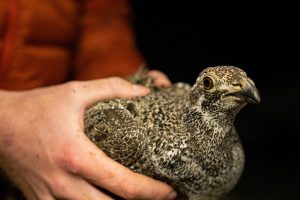
Researchers gathered data from sage grouse hens that they caught in the spring using spotlights, nets and ATVs. Credit: Garrett Britton/U of I Visual Productions
Working closely with local ranchers who agreed to participate in the long-term project, Conway’s group of researchers annually collected and analyzed data from five research sites in Idaho.
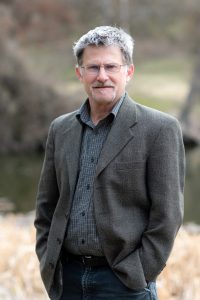
Professor Courtney Conway started the grouse and grazing project to add scientific data to help managers make informed decisions about cattle grazing and sage grouse in the sage steppe landscape. Credit: University of Idaho

Blackfoot ranchers Mark and Wendy Pratt joined the U of I sage grouse and grazing project more than a decade ago to learn how grazing affects sage grouse nesting success. Credit: Rio Spiering/U of I Visual Productions
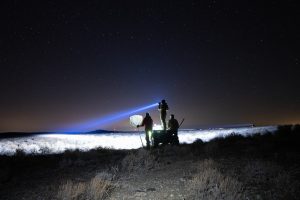
Researchers caught sage grouse hens at night in early spring and fitted them with radio collars that helped scientists locate nests sites. Credit: Garrett Britton/U of I Visual Productions
“I think this is a significant outcome for the ranching community, which has wondered all along what they would do if scientists learned that their spring grazing was bad for grouse,” said Launchbaugh, co-lead investigator. “Had we found that spring grazing had a negative effect on grouse populations, it could have resulted in the loss of grazing allotments on federal land, something cattle ranchers, especially smaller operations, need for their businesses to survive.”
ASSETS AVAILABLE: Caption and credit information for attached photos are below.
Hen: Researchers gathered data from sage grouse hens that they caught in the spring using spotlights, nets and ATVs. Credit: Garrett Britton/U of I Visual Productions
Pratts: Blackfoot ranchers Mark and Wendy Pratt joined the U of I sage grouse and grazing project more than a decade ago to learn how grazing affects sage grouse nesting success. Credit: Rio Spiering/U of I Visual Productions
Researchers: Researchers caught sage grouse hens at night in early spring and fitted them with radio collars that helped scientists locate nests sites. Credit: Garrett Britton/U of I Visual Productions
Conway: Professor Courtney Conway started the grouse and grazing project to add scientific data to help managers make informed decisions about cattle grazing and sage grouse in the sage steppe landscape. Credit: University of Idaho










